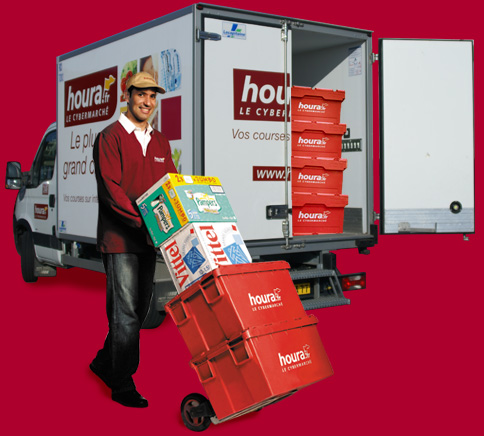
Carrefour, 2nd largest retailer in the world, has recently launched its first “Carrefour Drive”.
The concept is simple: You order your grocery shopping online, then you go to the store to
receive it. This typo of retailing is becoming very popular in France. Auchan has trailed blazes and Leclerc has also its own drive ins, with also an Iphone app to order on the go.
The problem is that there is no consistency between the different entities. What hurts very
much is the lack of consistency online. For the longest time, electronics retailers like Fnac or
Best Buy have succeeded in linking both their online and traditional retailing activities.
It may take a while for Carrefour or Tesco to do such a thing.
Also, I believe that those companies forget that customers want some information about
their traditional store activities, and especially the goods they are selling. If a company like
Carrefour spend so much money to build a strong brand for its label products, why wouldn’t it
spend money to promote them online?
I believe you should have one website home page which will propose you either to go to
electronic goods, or to the food section. In the food section, you should be able to shop and
then, at the end of the shopping process, to decide either you want to :
• Print the shopping list to go to your store
• To buy online and go to take your goods at the drive in.
• To buy online and to plan your delivery at home.
Multi channel distribution will become a norm, and this is the reason why it is important to help customers to switch from one channel to another with ease.
Of course, it implies you have the same pricing on all of the three channels, but I believe it
would boost the whole overall business.
What do you think about it?

















